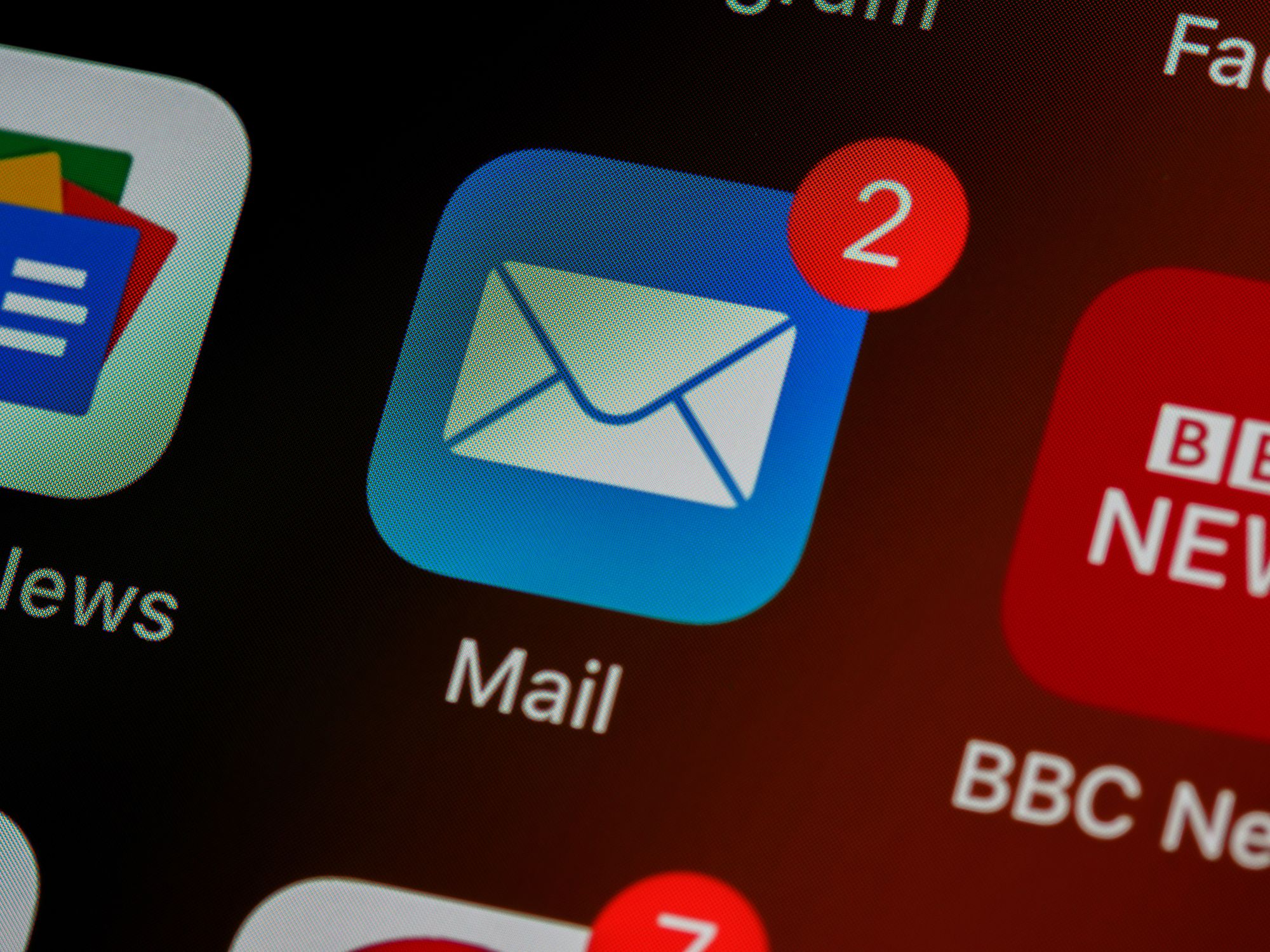Ah, messaging - the beating heart of product marketing efforts.
And what does a heart need to successfully function? Oxygen, nutrients, and a whole load of other things (stick with us here, we aren’t scientists!).
What does messaging need? A strategy curated to the company and target audience. How you communicate to your audience is what keeps the heart pumping.
Depending on whether you're in the B2C or B2B space, your messaging strategy will differ, from the tone of voice to platform choice because the target audience changes, too.
In this article, we’ll be looking at how messaging changes in both B2B and B2C companies, looking specifically at how changes with:
- Tone of voice
- Messaging platform
- Marketing strategy
- Personalization
- Lead nurturing
So, let’s dive right in.
Tone of voice
Companies speak to directly their audience in a way that they like to be spoken to. In B2C messaging, companies tend to use a more conversational tone and informal language to connect with their audience.
On the other hand, in B2B messaging, companies tend to use a more professional tone and use industry-specific terms.

B2C example: Innocent Drinks
Innocent Drinks is a UK-based smoothie and juice company that uses a conversational tone of voice across their social media platforms. They use humor and wit in their messaging to create a friendly and approachable brand persona. You can see this specifically in their Twitter profile, where they often communicate with their audience like friends.
B2B example: IBM
IBM is a multinational technology company that provides various B2B services, such as cloud computing, artificial intelligence, and enterprise software. The company's messaging typically uses a professional tone of voice to appeal to their enterprise-level audience.

They often use industry-specific jargon and focus on the benefits of their products and services in terms of improving business operations and increasing productivity. IBM's messaging also often emphasizes the company's long-standing history and expertise in the tech industry to establish credibility and trust with its B2B audience.
To try and highlight the differences between them, Innocent Drinks tweets are rarely about their product and are often silly and fun messages to their followers, whereas IBM will incorporate their brand into each tweet to maintain that professionalism.
Messaging platform
The platform changes with the company, as well as the tone of voice. B2C companies often use social media platforms like Instagram or TikTok to connect with their audience. Meanwhile, B2B companies tend to use more ‘professional’ networking sites such as LinkedIn.
They follow where their customer goes, meeting them where they’re at, rather than forcing them to interact on a platform they aren’t comfortable, or familiar, with.
B2C example: Fenty Beauty
Fenty Beauty is a cosmetics brand owned by Rihanna that uses social media platforms like Instagram and TikTok to connect with their audience. They use these platforms to showcase their products, shares tutorials, and engage with their customers. They’re aware of who their audience is, so choose to meet them where they’re at.
B2B example: Microsoft
Microsoft is an example of a B2B company that uses LinkedIn to connect with its audience. They have a large following on LinkedIn and use this platform to share news and updates about their products and services, as well as to connect with other professionals in their industry.

Marketing strategy
When it comes to developing messaging within their marketing strategy, B2C companies focus more on emotional triggers and use product features and benefits while B2B companies are more focused on rational triggers and use solutions and outcomes to attract their audience.
B2C example: Apple
Apple's messaging often focuses on the emotional benefits of its products, such as the feeling of luxury, exclusivity, and creativity that comes with owning an Apple product.
Their advertising campaigns also emphasize the innovative features and superior performance of their products, such as the high-quality camera on the iPhone or the powerful chip in their MacBook laptops.
By appealing to both the emotional and functional aspects of its products, Apple creates a strong connection with its audience and differentiates its brand in the competitive market.
B2B example: Salesforce
Salesforce uses messaging that highlights the benefits of using their CRM software, such as increased efficiency, streamlined workflows, and improved customer engagement.
Salesforce's messaging also includes case studies and testimonials from satisfied customers to provide social proof and demonstrate the value of their solutions.
By focusing on the practical benefits and outcomes of its products, Salesforce appeals to the rational needs of its B2B audience and positions itself as a solution to its business challenges.
Personalization
B2C messaging is often personalized based on consumer demographics, psychographics, and behavior. In contrast, B2B messaging is often personalized based on the organization's goals, objectives, and industry-specific challenges.
B2C example: Netflix
Netflix's messaging is personalized to each individual user, with the platform recommending movies and TV shows that align with their viewing history, preferences, and watchlist.
Netflix also uses demographic and psychographic data to tailor its marketing campaigns to specific audiences, such as creating ads that target fans of a particular genre or promoting a show to users who have watched similar content in the past.
By leveraging consumer data to personalize its messaging and recommendations, Netflix creates a more engaging and relevant user experience and increases customer satisfaction and loyalty.
B2B example: HubSpot
HubSpot offers tailored solutions and services for different industries, such as healthcare, finance, and manufacturing, and provides resources and content that address the unique challenges and pain points of each industry.
HubSpot also uses data and analytics to personalize its messaging to specific companies, such as sending targeted emails and content to prospects who have shown interest in a particular product or service.
By personalizing its messaging to the organization's specific goals and challenges, HubSpot positions itself as a strategic partner that can help businesses achieve their objectives and grow their bottom line.
Lead nurturing
B2C lead nurturing is typically short and transactional, whereas B2B lead nurturing is a longer-term process that requires building relationships and addressing the needs of multiple stakeholders within an organization.
B2C example: Amazon
After a user has browsed products on Amazon's website or added items to their cart, the company sends targeted emails with personalized product recommendations and limited-time offers.
These messages are often short and to the point, with a clear call to action to encourage the user to make a purchase. For example, Amazon might send an email with the subject line "Don't miss out on this deal!" that highlights a specific product and offers a discount code to incentivize the user to buy.
By using short, transactional messages that focus on driving conversions, Amazon effectively nurtures leads and generates sales.

B2B example: Adobe
To nurture leads, Adobe uses a variety of tactics, including content marketing, webinars, events, and personalized outreach. Adobe creates high-quality content that addresses the specific needs of its target audience, such as whitepapers, case studies, and reports.
This content is designed to educate and inform potential customers, and help them understand how Adobe's solutions can help solve their business challenges.
Overall, Adobe's approach to lead nurturing involves building long-term relationships with potential customers and addressing the needs of multiple stakeholders within an organization. This requires a combination of educational content, personalized marketing, and targeted outreach that helps build trust and credibility with their target audience over time.
The key takeaway
Overall, the key takeaway is that messaging varies significantly depending on whether a company is B2C or B2B.
B2C messaging is often more emotional and visual, while B2B messaging is more rational and data-driven. B2C messaging focuses on building brand awareness and loyalty, while B2B messaging is focused on generating leads and driving conversions.
It's important for you to understand these differences and tailor your messaging accordingly to effectively reach and engage your target audience.
Like what you see? Why not check out our exclusive content from some of the leading minds in SaaS with a FoSaaS membership plan?





